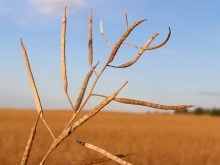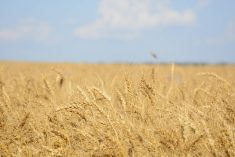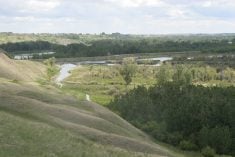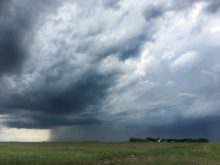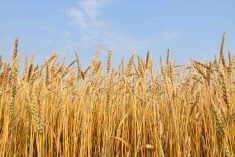OLDS, Alta. — Dry weather in Alberta kept many common crop diseases at low levels this summer.
“One of the things we learned in 2015, even when it is really dry and the conditions are not ideal for diseases, they still show up,” Alberta Agriculture plant pathologist Mike Harding told a joint wheat, barley and pulse commission zone meeting in Olds Nov. 3.
“We had all the usual suspects showing up in various places at various times.”
A higher prevalence and severity among diseases was recorded across the province in 2011-14, when wet springs encouraged the profusion of fungal and bacterial diseases.
Read Also
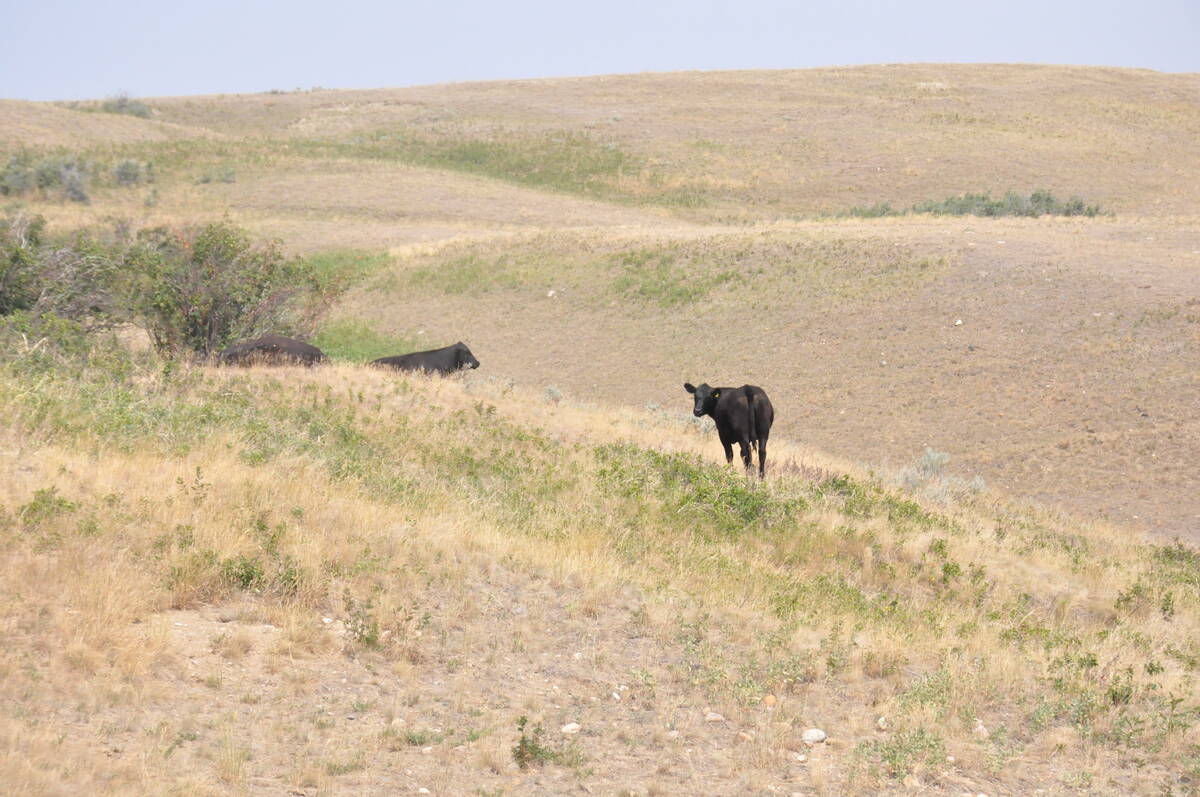
Saskatchewan tests new forage insurance program
Saskatchewan Crop Insurance Corp. tested a new forage insurance program this past summer as it looks for ways to better protect cattle producers.
“If we are in a drier trend, this is going make diseases less of a forefront topic,” he said.
“Disease management will be a little easier.”
Moisture in early spring was less than 25 millimetres in much of Alberta and Saskatchewan. This is a critical time to get plants started, and drought caused poor establishment and emergence issues. In many cases the problem was not disease but stress because crops were seeded too shallow and could not find moisture.
“Clearly there were pockets and situations across the Prairies that did not have enough moisture to either get the crop started or keep it going in a significant way,” he said.
Plant pathologists surveyed fields for common problems earlier this year and assessed the level of infection.
Harding provided a preliminary list of what was found.
BARLEY
Scald, spot blotch, smut and stripe rust were detected, although there were few serious outbreaks.
- Barley scald in central Alberta ranged from 25 to 39 percent of fields, while net blotch was found in 10 to 43 percent.
- Spot blotch appeared in 55 percent of fields, and smut was found in five percent.
- Stripe rust was not found in any of the barley fields surveyed.
- Common root rot was found in every field that surveyors visited.
Root rot is normally not a big problem in a dry year. Prevalence does not indicate severity, so in many cases it was present but the severity was low because of dryness.
Fusarium and pythium root rot in barley were found at low levels.
WHEAT
- Tan spot was noted in 36 percent of fields with some leaf spot symptoms, but it was not at troublesome levels.
- Stripe rust was found in 53 percent of fields. It overwintered from 2014 to 2015, but conditions were not conducive to it spreading from winter to spring wheat.
“We thought we were really poised for a major stripe rust epidemic in 2015 and that never really materialized,” Harding said.
- Fusarium head blight incidence was way down this year, according to the Canadian Grain Commission’s harvest sample program. It ranged from nothing to 20 percent and has not been a major downgrading factor.
- Ergot and powdery mildew were the main downgrading factors in 2015. Ergot incidence was seven to 70 percent, but severity was relatively low at .3 percent for Alberta.
- Powdery mildew also downgraded crops.
- Bacterial diseases require high humidity and moisture, so little bacterial stripe was seen.
- Wheat streak mosaic virus was not seen often in Alberta. It was more common in Saskatchewan and Manitoba.
- Aster yellows were found in a few cases of spring and winter wheat, but it was not serious.
PULSES
The incidence of root rot in peas was 31 to 100 percent. The economic impact was low.
“It is not uncommon in every field where you go look for them,” he said.
- Aphanomyces euteiches was seen as an emerging disease in Alberta. Some areas of the province experienced severe problems. Emergency registration for treatment was granted, and more solutions are expected to be offered in the next three to four years, including resistant cultivars.
- Mycosphaerella blight in peas appeared in 15 to 100 percent of fields.
Two surveys revealed varying results. The disease did not move above the lower third of the plant canopy in any of the fields. A major infestation is a yield reducer and can predispose a crop to lodging.
- Chocolate spot in fababeans was found in every field, but severity was low. Stemphylium blight looks similar to chocolate spot, but there were few problems. It was found in lentils in 2013 and became serious last year but was not considered an issue this year.
- Ascochyta blight on fababeans was seen infrequently.
“We are taking a wait to see if it is becoming a major problem in fababeans,” he said.
- Fusarium root rot in fababeans had a 40 percent prevalence with low severity.
- Goss’s bacterial wilt and leaf blight in corn were found in two fields in central Alberta. It was first seen in 2012 in southern Alberta corn fields and probably came from the United States.
A major hailstorm in Lacombe, Ponoka and Red Deer counties took out a wide swath of crops, and the problem appeared in foliage and filling of ears.
“These major weather events can really drive this disease and move it around. Wherever there is hail and corn we like to go looking,” he said.
Recommendations for disease control
- Incorporate a long and diverse crop rotation.
- Use resistant or tolerant cultivars where possible.
- Buy certified, disease-free seed.
- Use the best practices to ensure good establishment and fertility.
- Scout often for disease and evaluate risk. For example, treatment is recommended if stripe rust is seen in more than one plant per sq. metre.
- Use crop protection products when justified to prevent yield loss.




